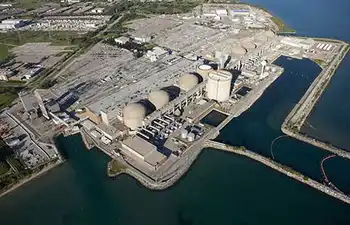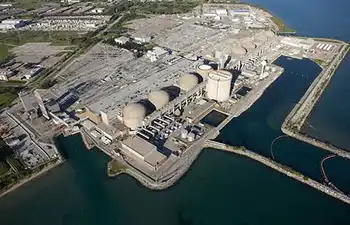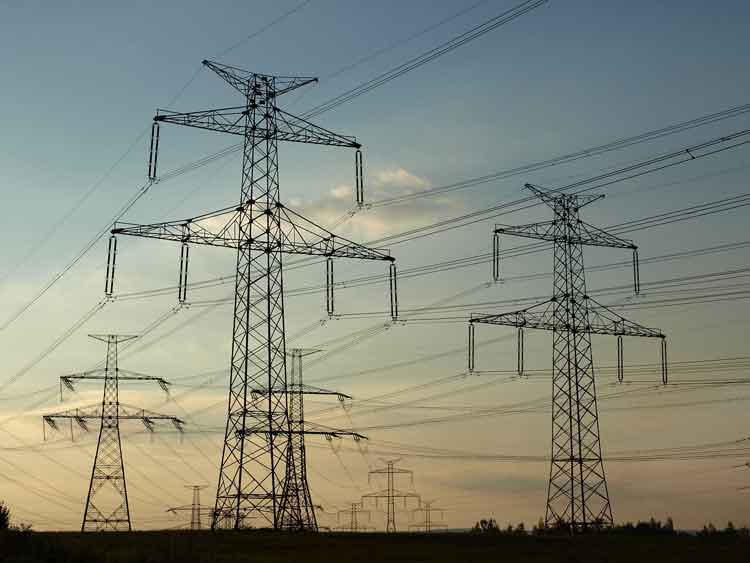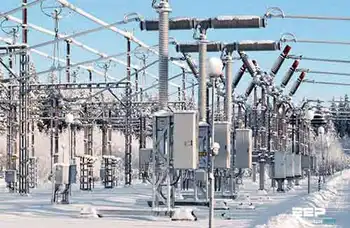Losing the war on climate gases
But by 2007, emissions had actually increased 26 per cent above 1990 levels, according to a new Environment Canada report to the United Nations on emissions trends.
To meet the commitment of a six per cent reduction from the 1990 level, Canada would now have to cut emissions by 25 per cent by 2012.
That would mean taking every vehicle off the country's roads permanently and grounding all domestic airlines.
The report supports the Conservative government's argument that years of inaction meant the Kyoto commitment was impossible to meet. But it also raises questions about the Harper government's efforts. Emissions rose by four per cent between 2006 and 2007; no progress is being made on reducing carbon dioxide emissions.
And the report points to the problem with the Harper government's push for "intensity-based emission targets." Rather than committing to meeting limits on emissions, the Conservatives want the test to be the amount of carbon dioxide produced per unit of output — per mile driven, or tonne of cement produced. Based on one version of that measure, Environment Canada reports that emission intensities have fallen by 21 per cent since 1990.
That illustrates the flaw in the intensity-based approach — in that period annual greenhouse gas emissions increased from 592 megatonnes to 747 megatonnes. If the aim is to reduce gas emissions that contribute to global warming, the Conservatives' approach won't work.
Why are emissions still increasing, despite all the talk about limiting greenhouse gases? One factor in 2007 was electricity generation, as problems with nuclear power plants in Ontario led to greater use of coal-fired plants.
The other major reason was increased production at Alberta's oilsands. Emissions from mining and oil and gas extraction jumped 39 per cent in one year, mainly because of four new oilsands plants. Since 1990, emissions from the sector have increased 276 per cent.
Industry is not the only source of rising emissions. Between 1990 and 2007, Environment Canada reported, emissions from cars declined by 10 per cent — a 4.7 megatonne reduction. But it's not because we drove less, or vehicles became markedly more fuel-efficient. In the same period, emissions from what's classified as "light-duty trucks" more than doubled, adding 24 megatonnes annually to our carbon footprint. The reason, the report found, was our infatuation with sport utility vehicles.
The steady increase in emissions poses questions for B.C. politicians as well. The government has committed to a one-third reduction in emissions between 2008 and 2020. It's still not clear how that will be accomplished.
Of course, purchased carbon credits and carbon trading offer potential solutions. The province, for example, sets aside $25 for every tonne of emissions from government travel to purchase carbon credits. The theory is the money will be used to fund offsetting carbon reductions — planting trees or improving energy efficiency. On that basis, Canada could meet its Kyoto commitment today by spending $475 million a year on carbon credits.
Cap-and-trade systems will allow industries to increase emissions by buying credits from another business that has reduced its emissions below its cap.
But credits and trading are open to manipulation and the arbitrary $25-per-tonne levy is likely far below the real cost of carbon offsets.
The Environment Canada report is a reminder that despite a decade of talk about global warming, there has been little effective action and the hard work is still ahead.
Related News

Pickering NGS life extensions steer Ontario towards zero carbon horizon
TORONTO - In a pivotal shift last month, Ontario Power Generation (OPG) revised its strategy for the Pickering Nuclear Power Station, scrapping plans to decommission its six remaining reactors. Instead, OPG has opted to modernize four reactors (Pickering B Units 5-8) starting in 2027, while Units 1 and 4 are slated for closure by the end of the current year.
This revision ensures the continued operation of the four 515 MW Canada Deuterium Uranium (CANDU) reactors—originally constructed in the 1970s and 1980s—extending their service life by at least 30 more years. These units are instrumental in generating 14% of Ontario’s electricity,…





